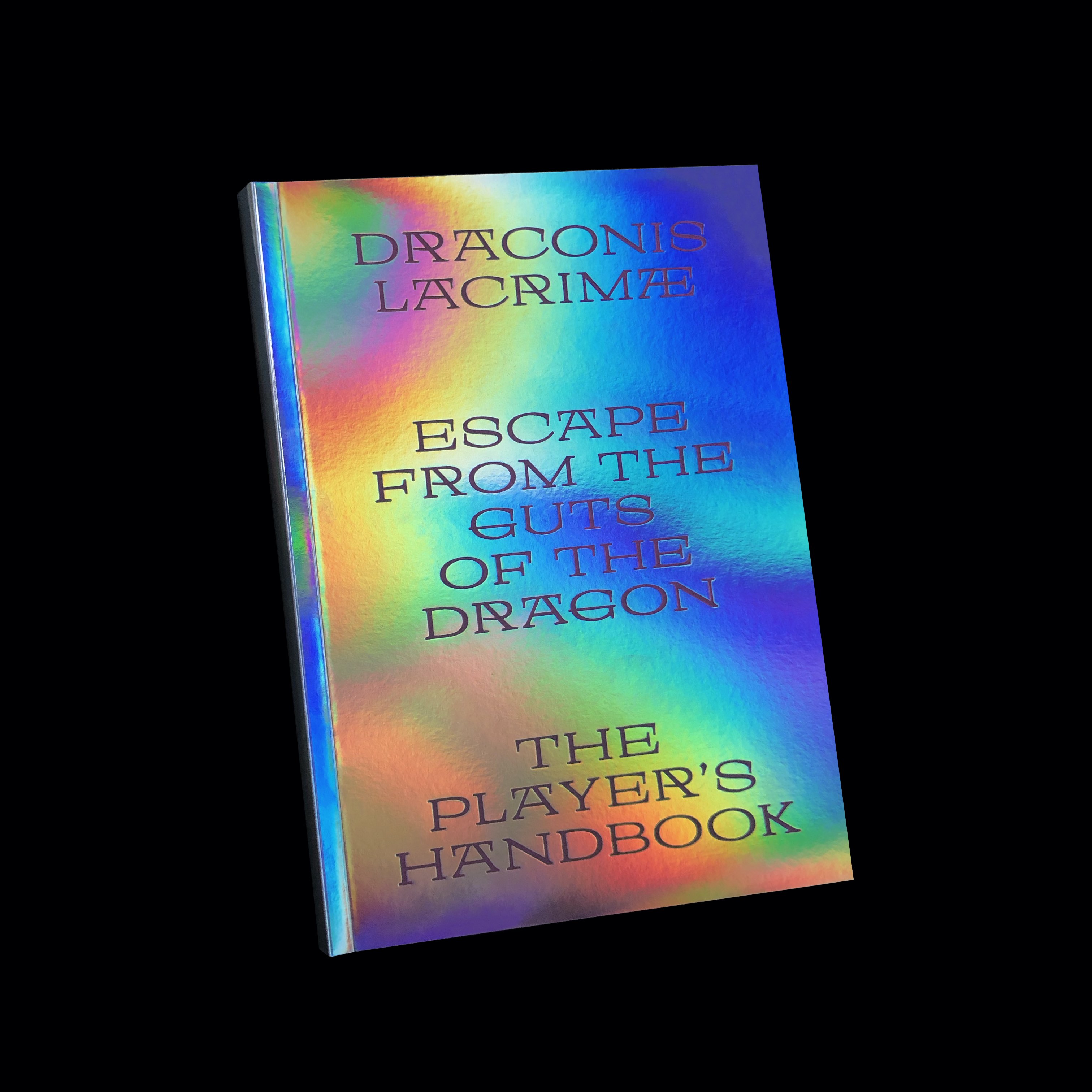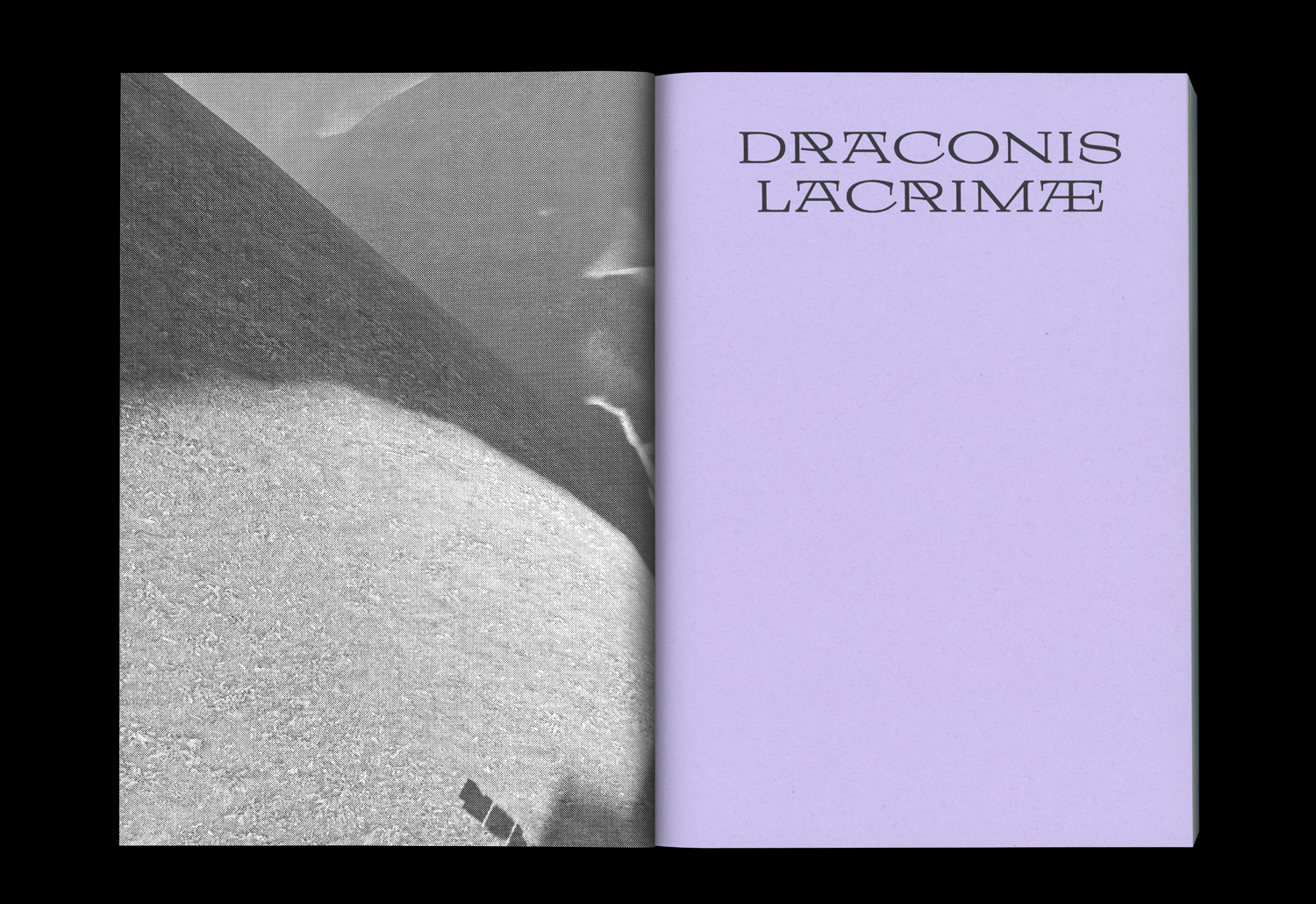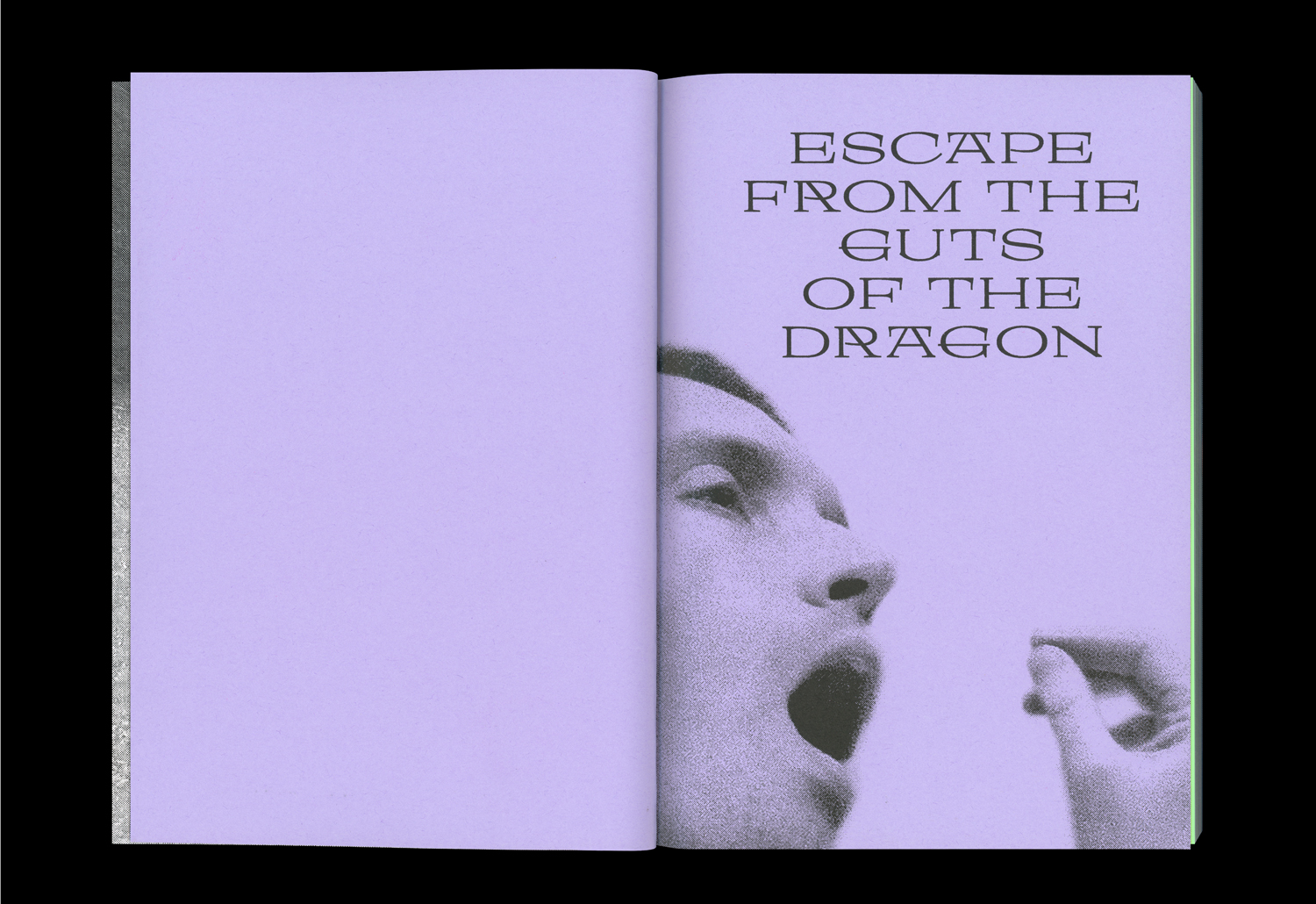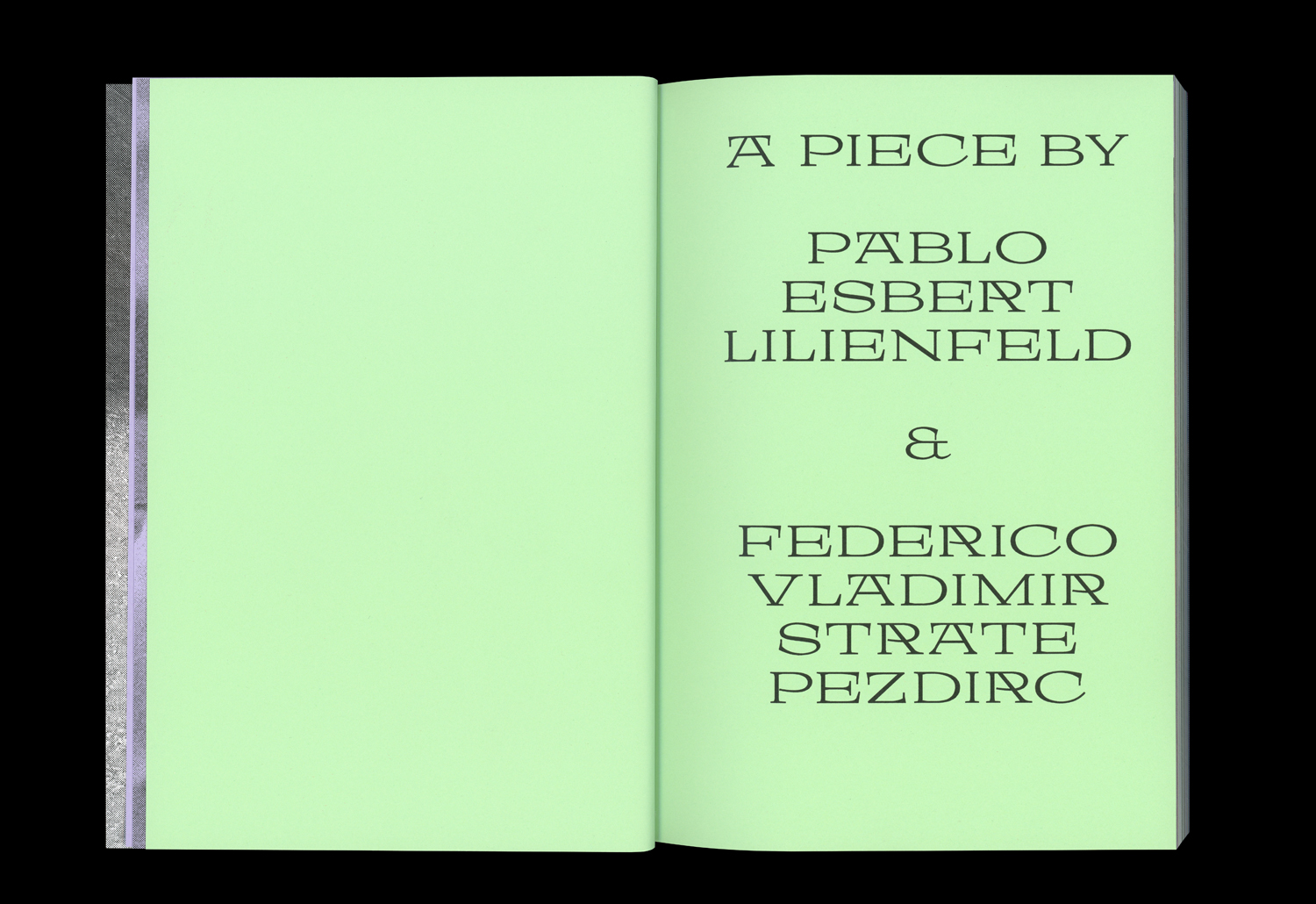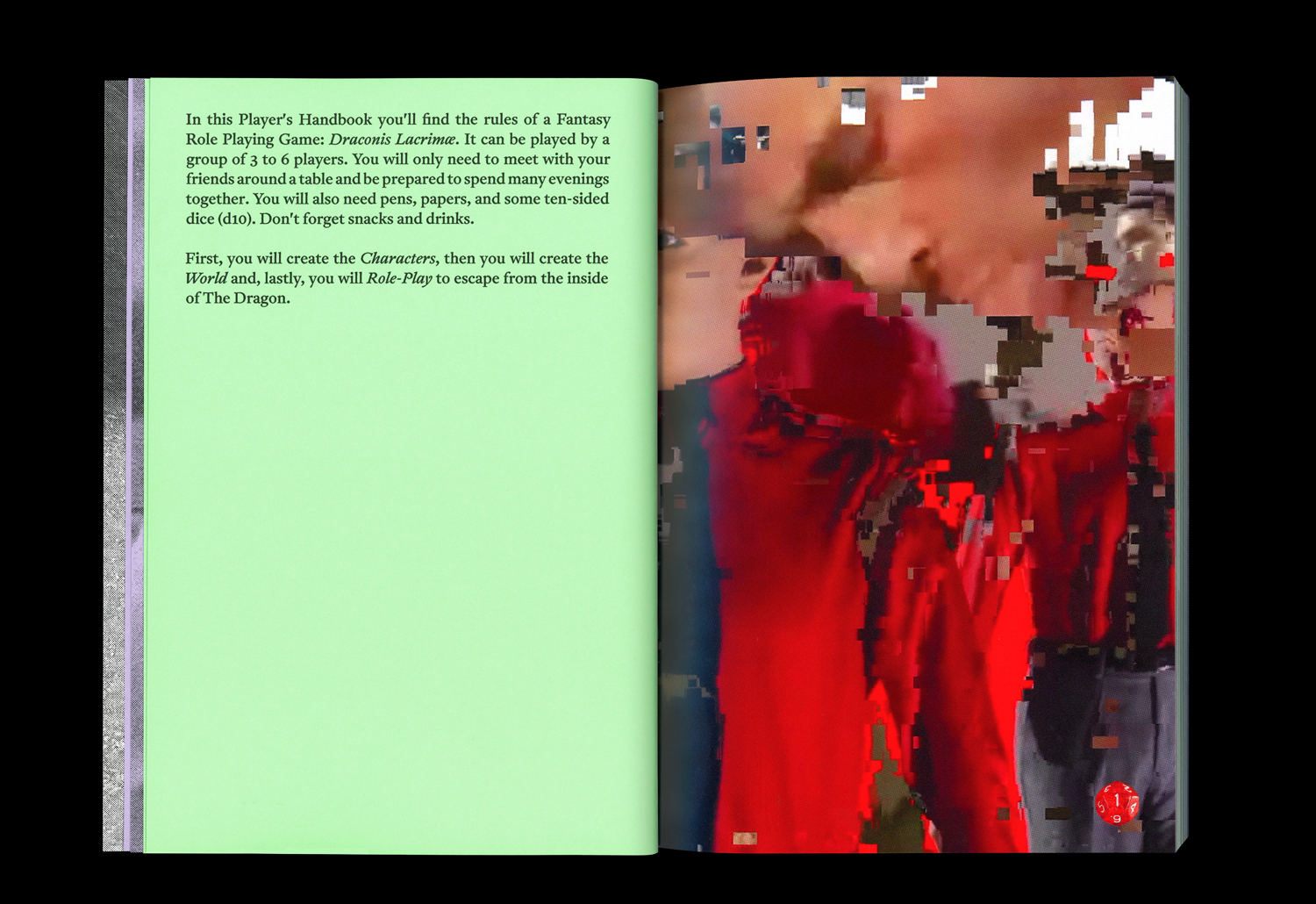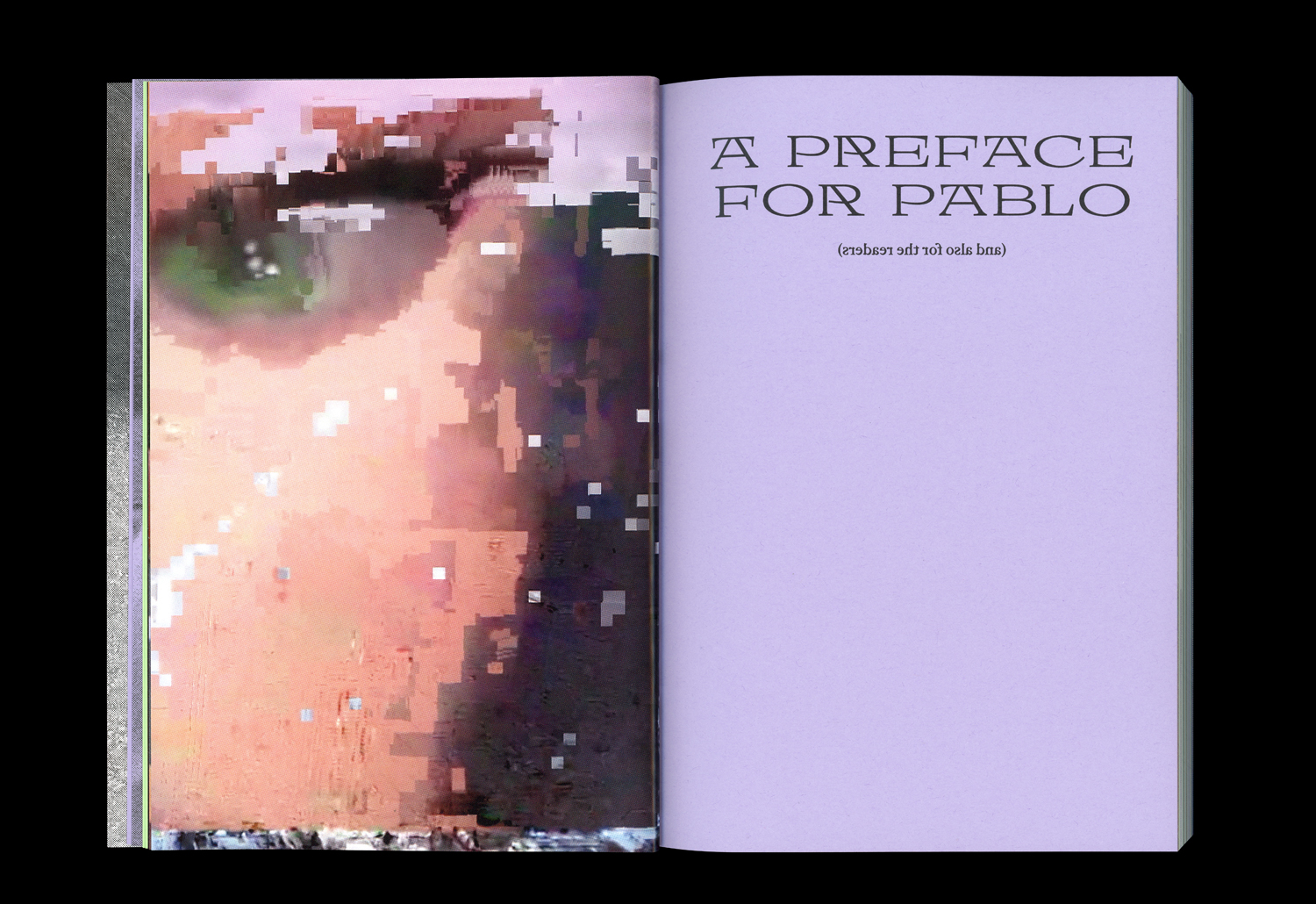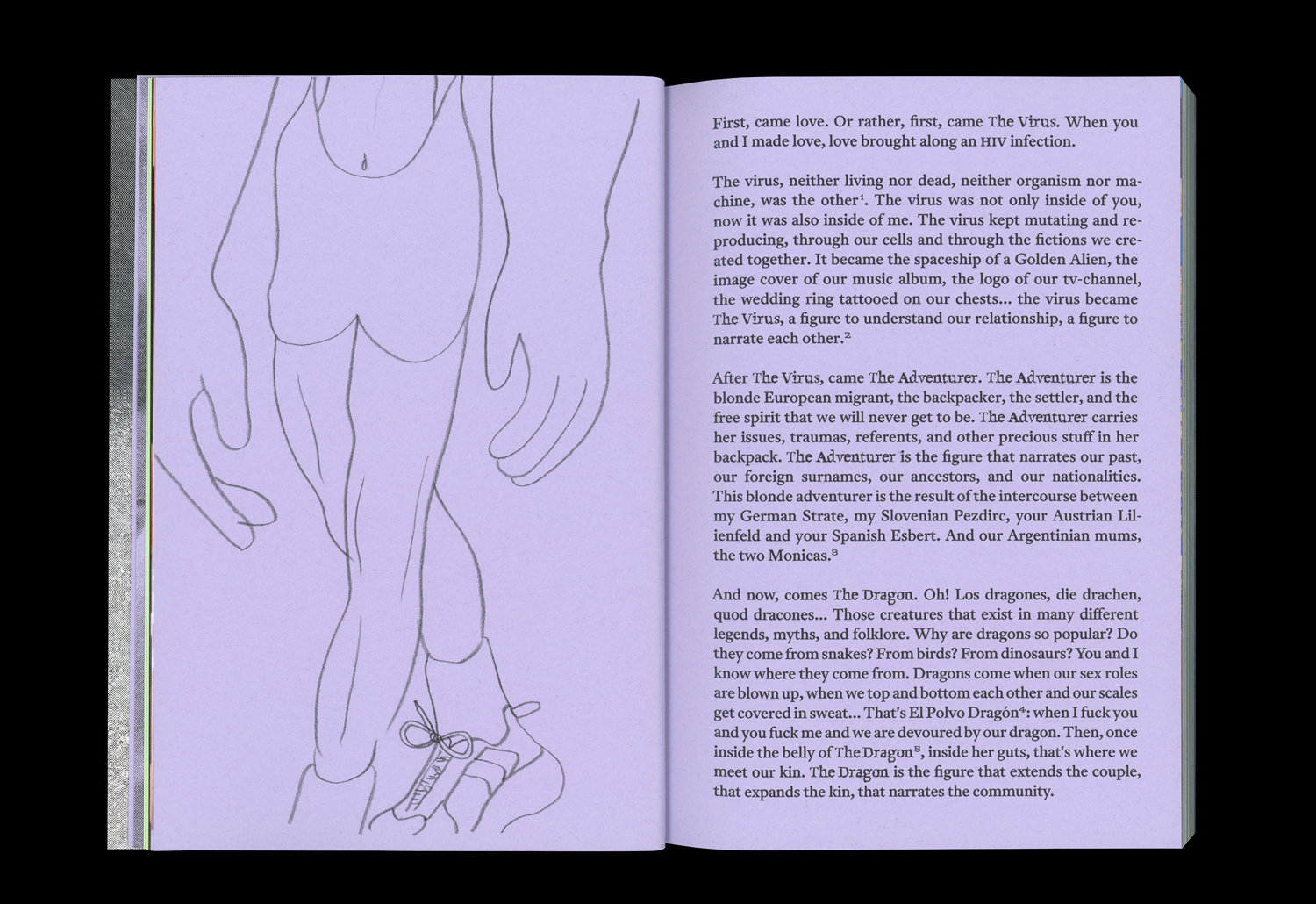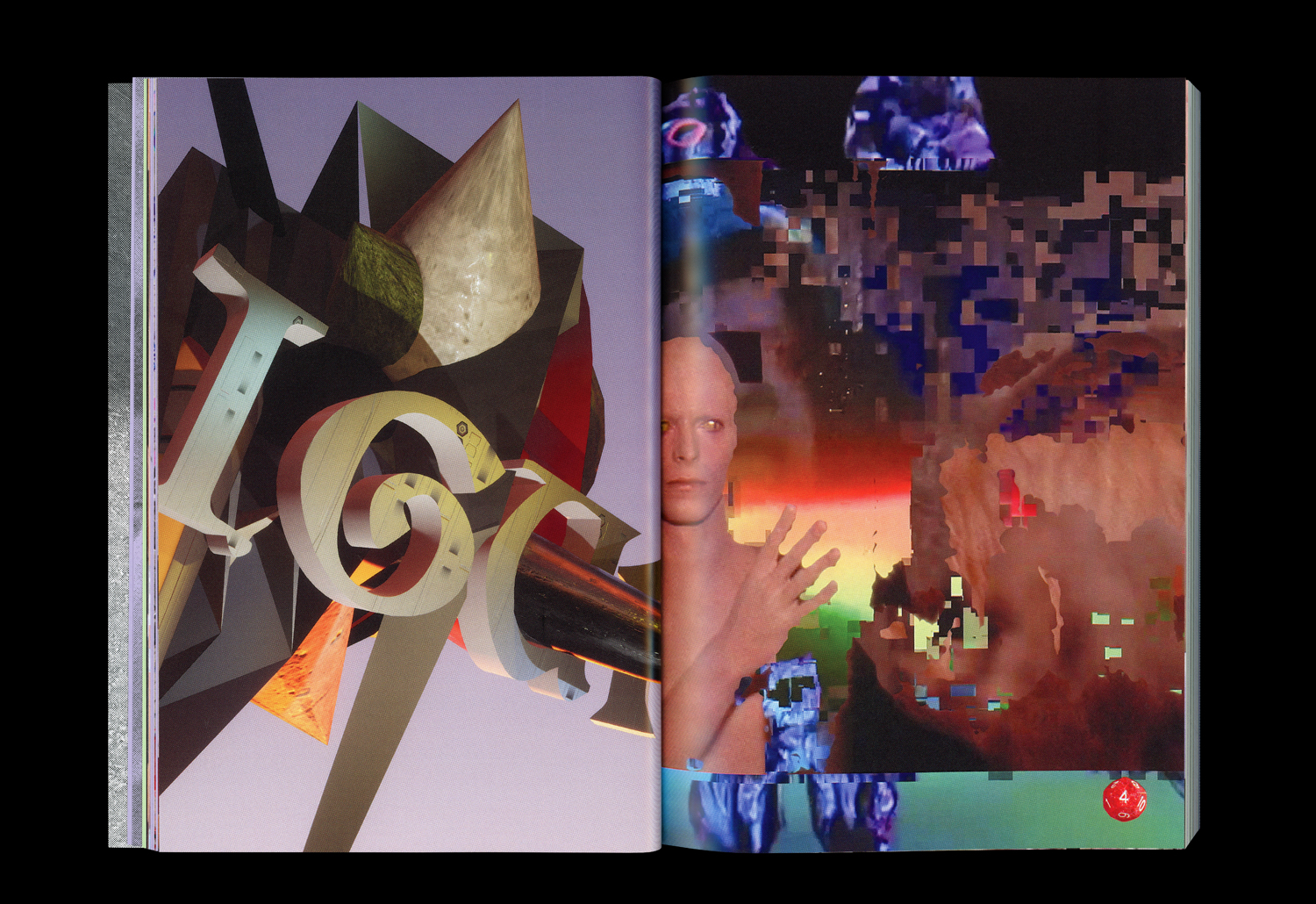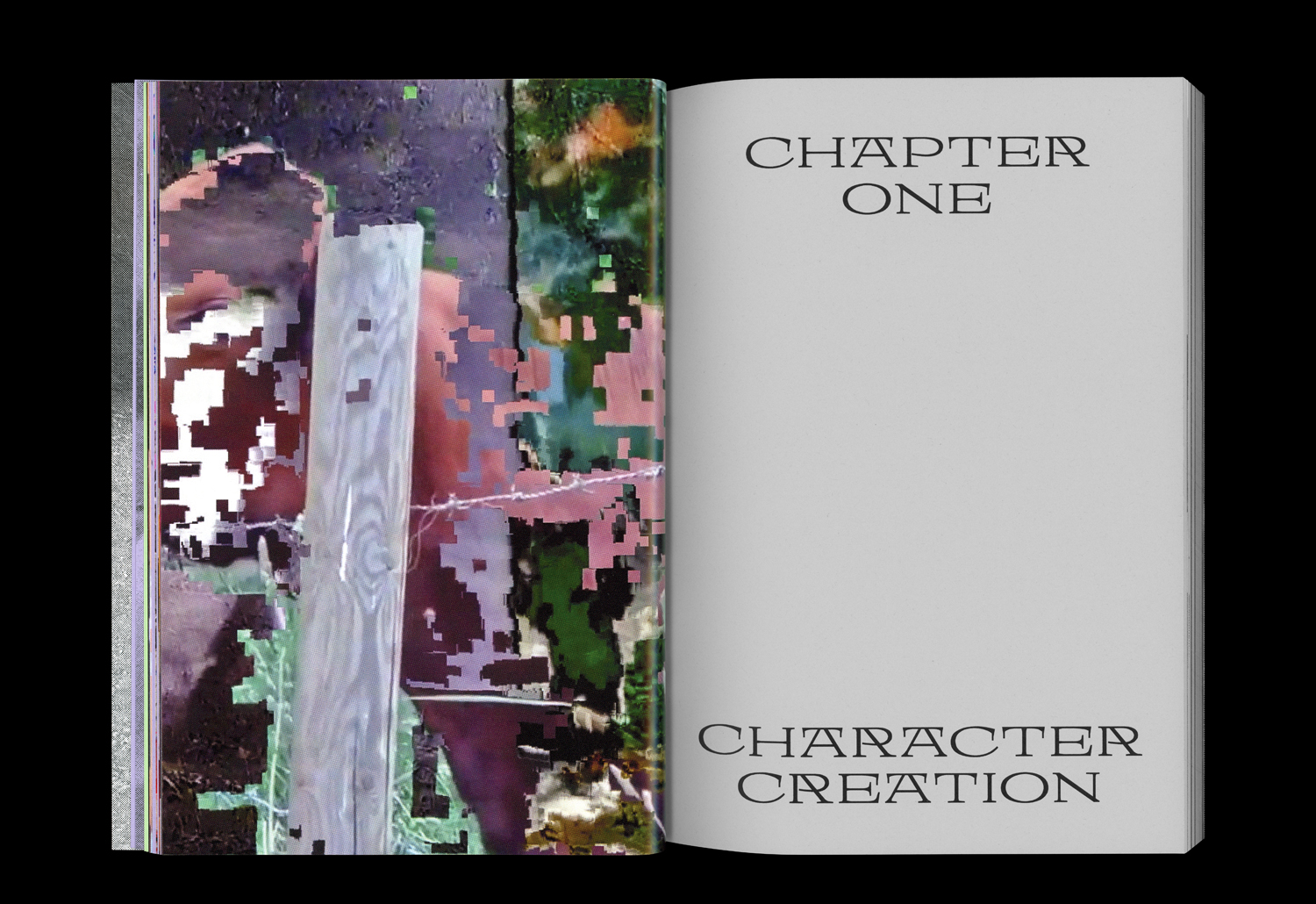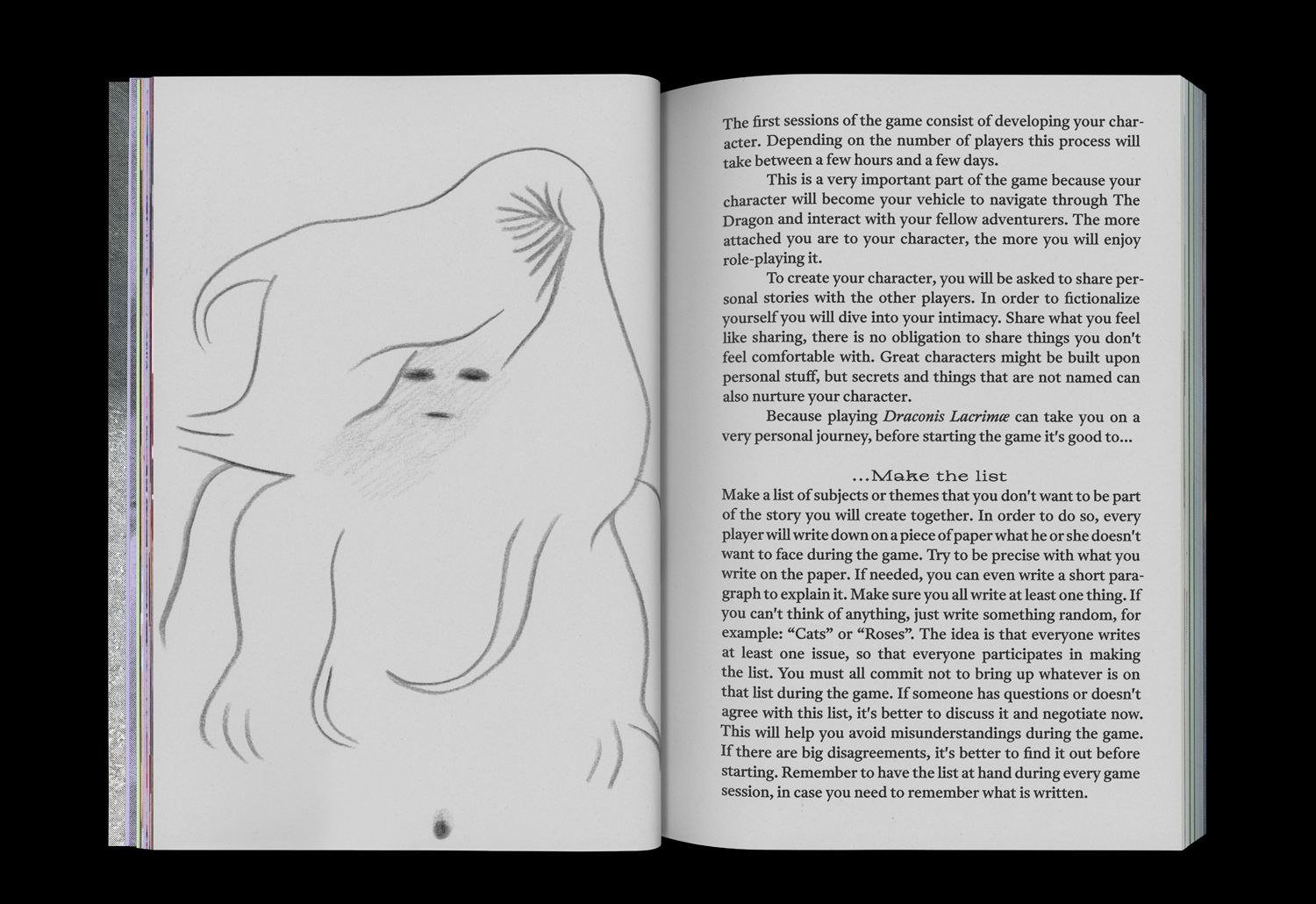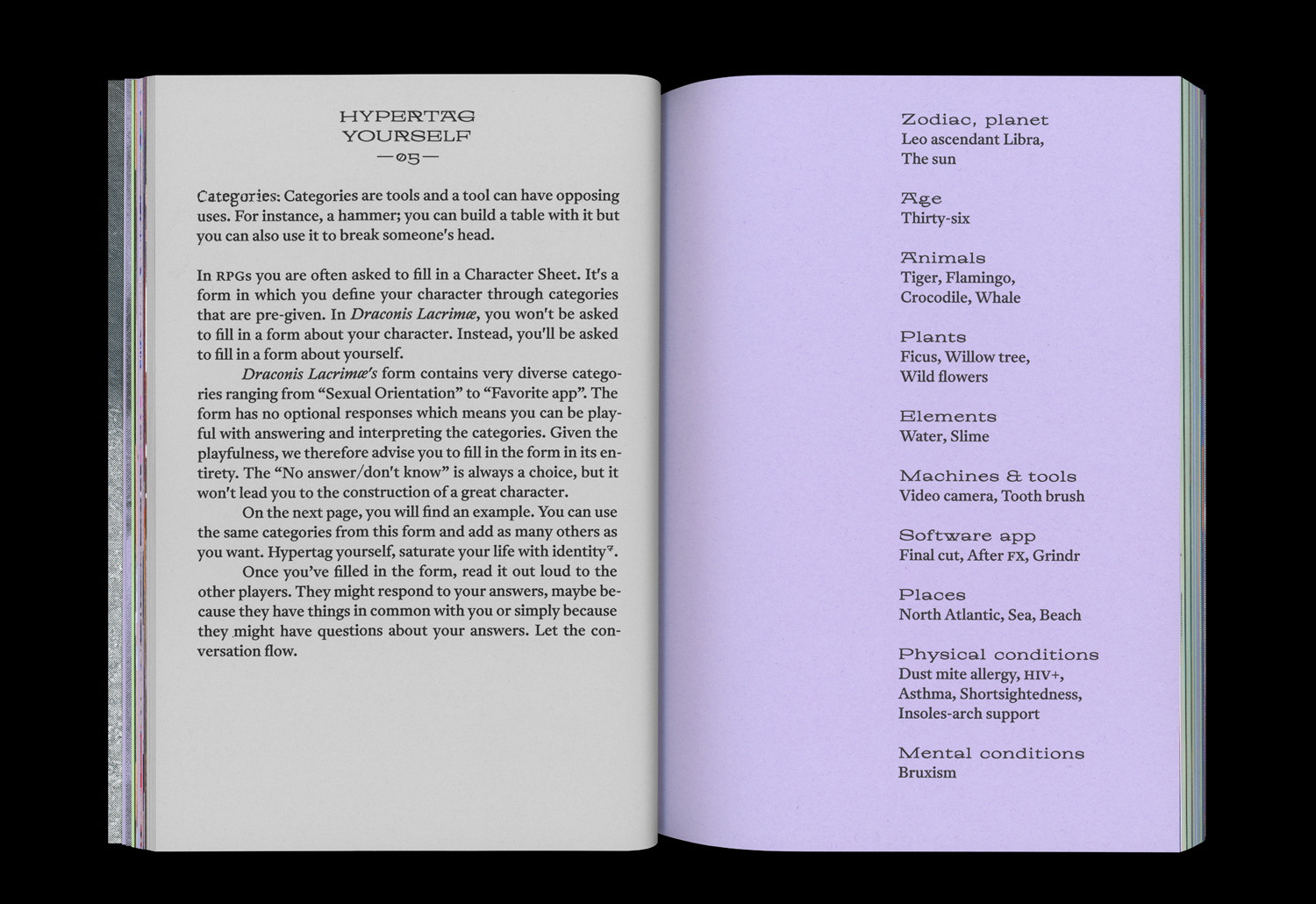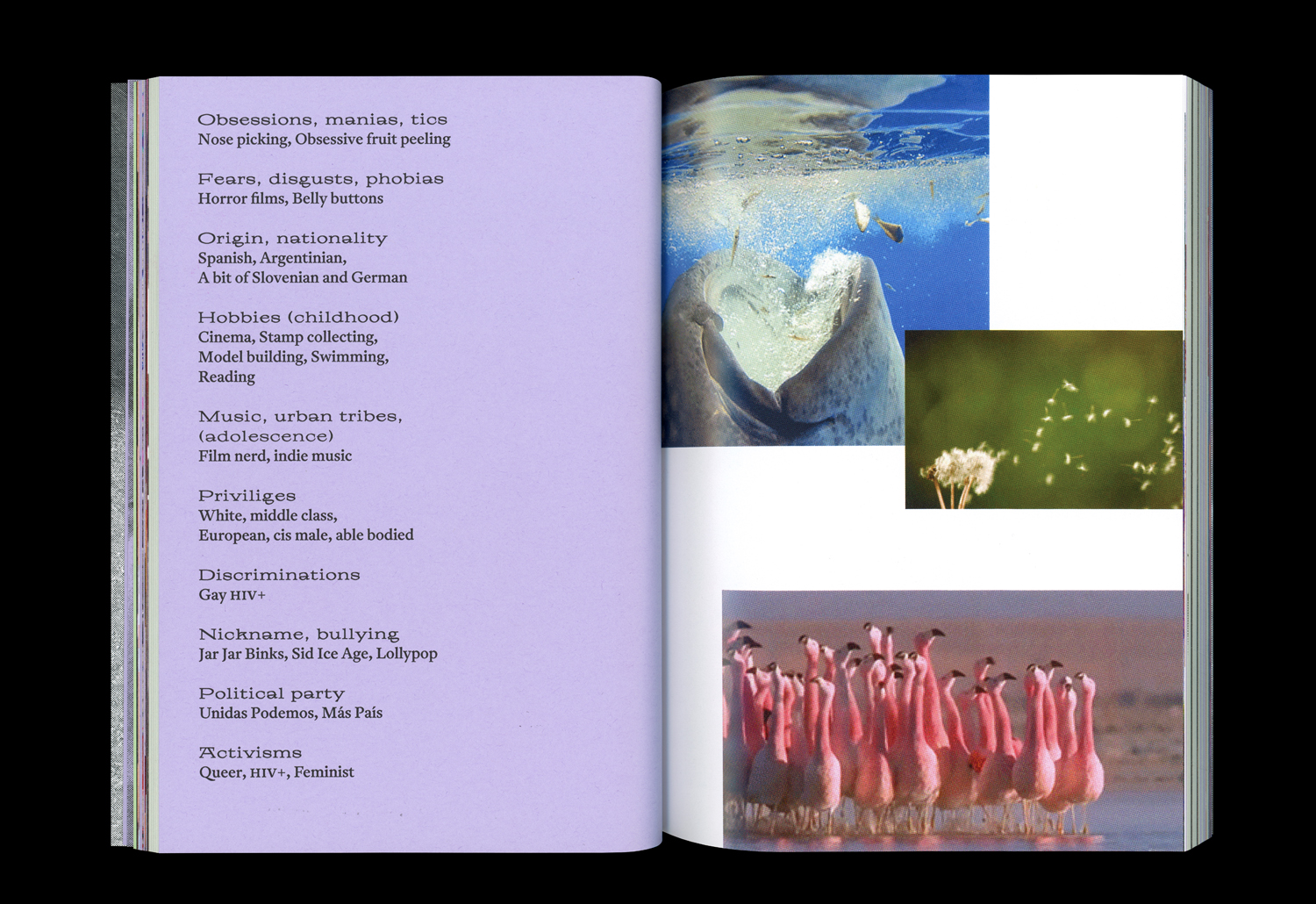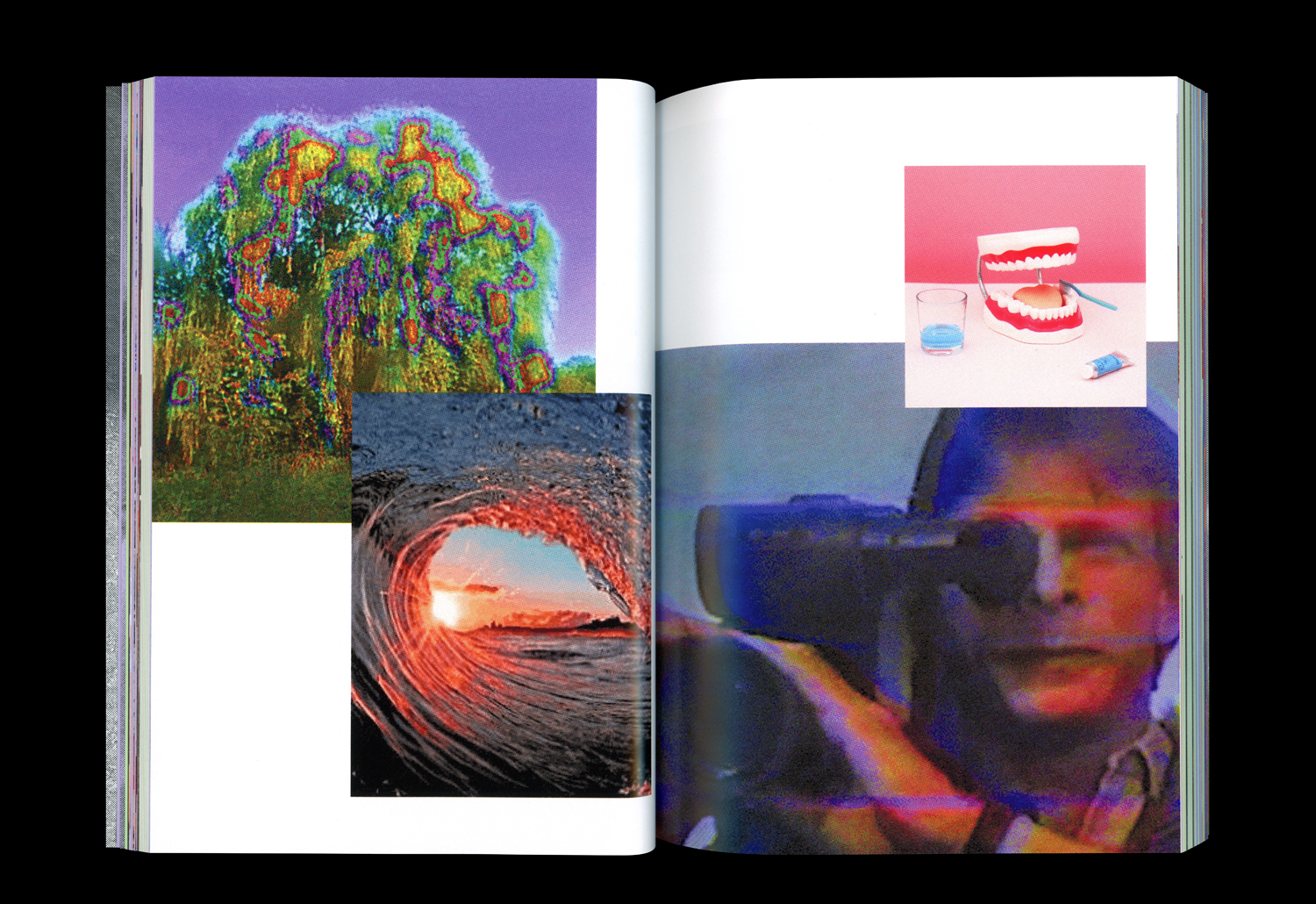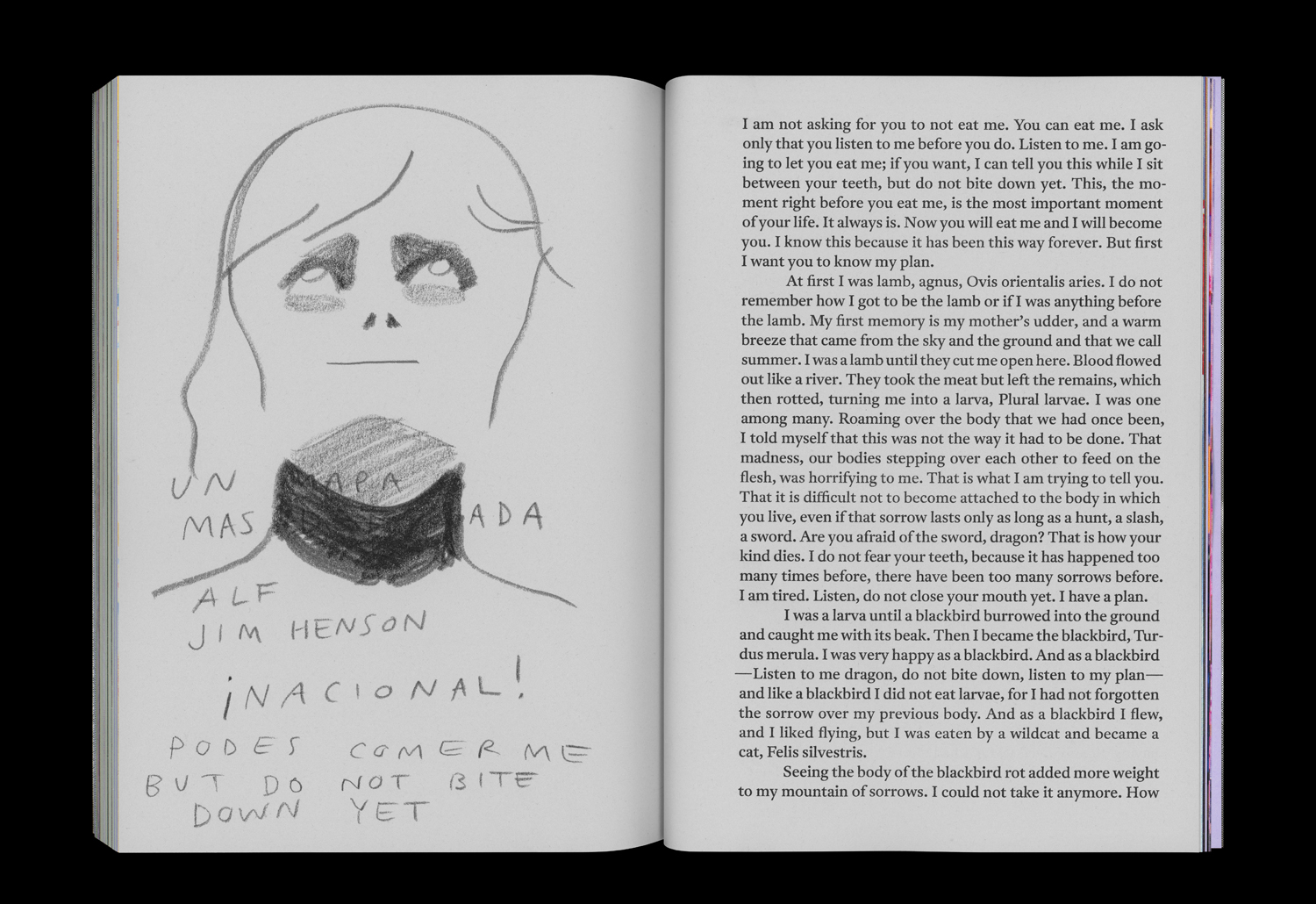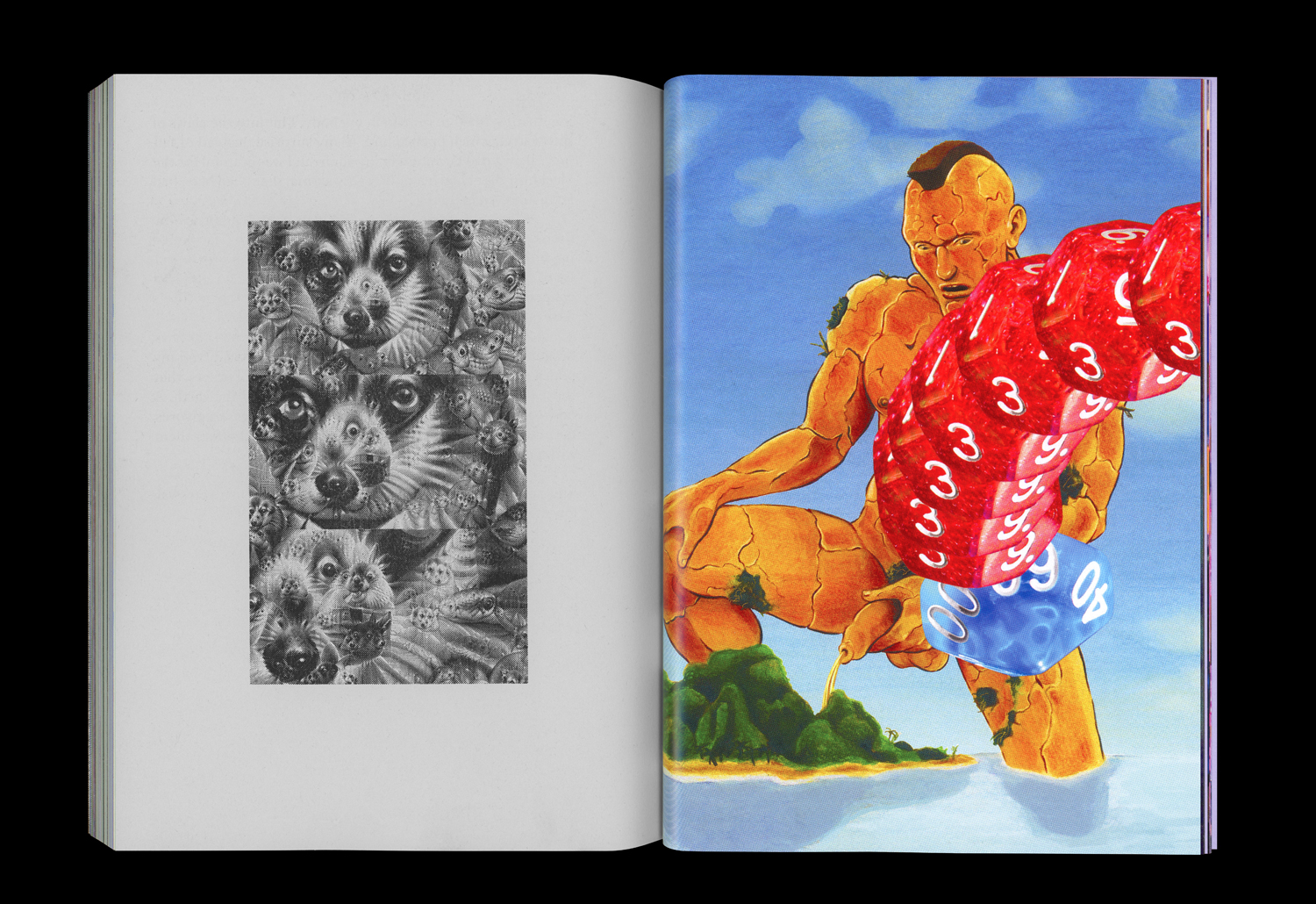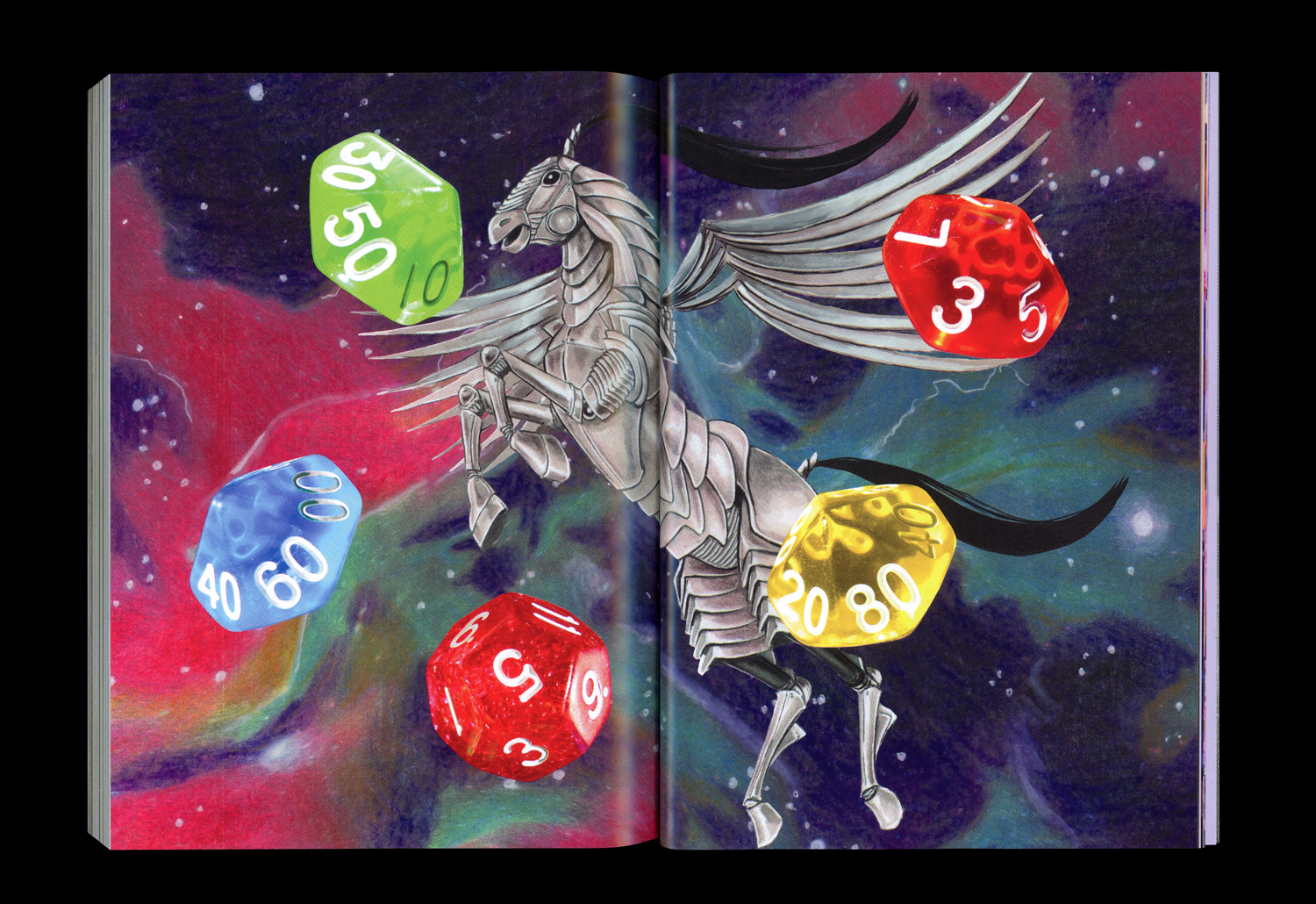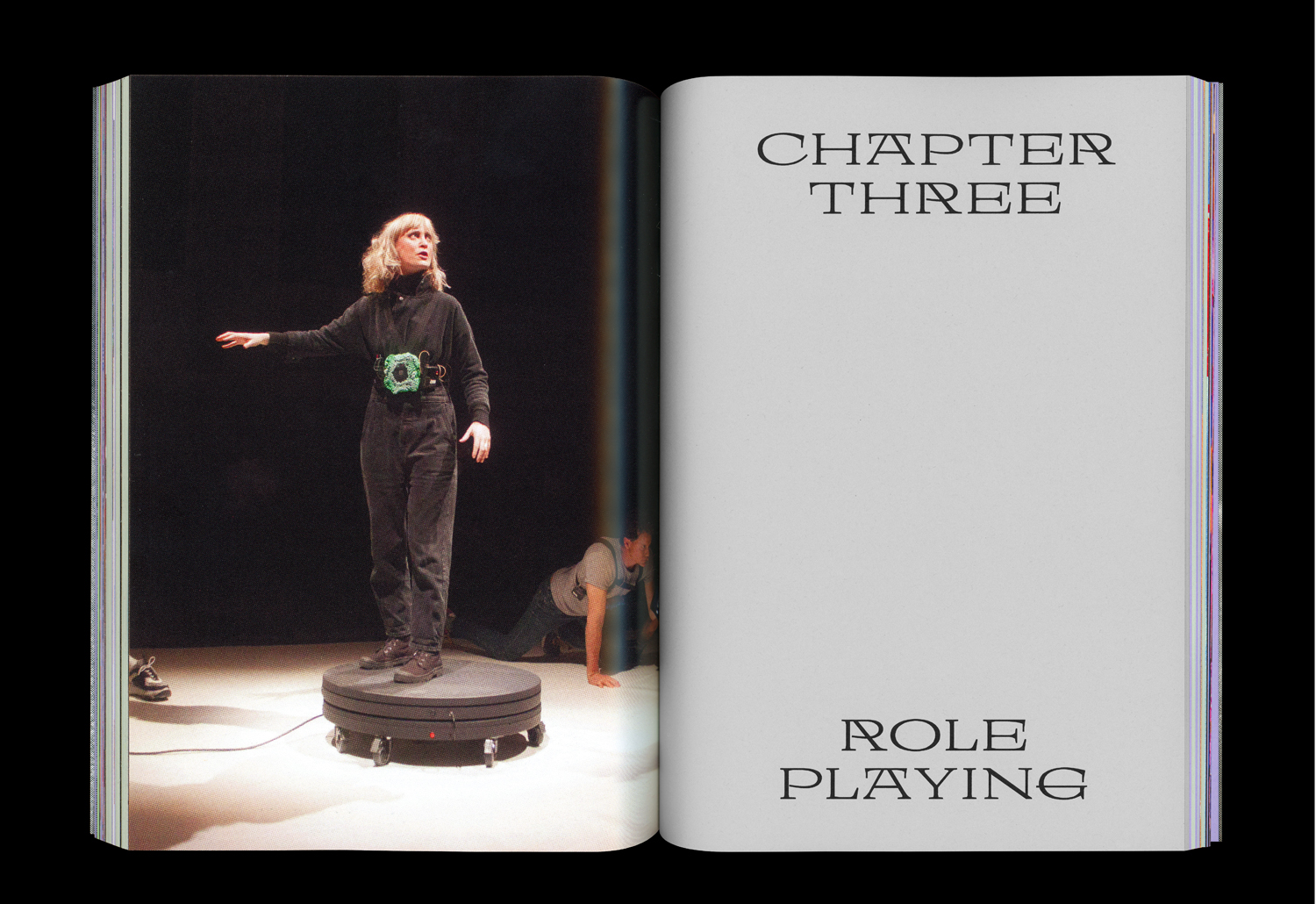DRACONIS LACRIMAE
THE PLAYER’S HANDBOK
Publication in two parts:
Draconis Lacrimae. The Player’s Handbook
A5, 160 pages.
Divided in three chapters: Character Building, World Building and Role-Playing.
Draconis Lacrimae. After action report
A5, 8 pages.
A booklet that accompanies the book. An after action report contains the stories created during a game. This booklet is a draft of the fiction and characters created while playing Draconis Lacrimae.
Designed by P.G. Howlin
Published by a.pass
With contributions by Sabina Urraca, Florence Shaw, Roi Pardo, Heidi Smith, Federico Protto and Nacho G. Riaza.
In this Player’s Handbook you’ll find the rules of a Fantasy Role Playing Game: Draconis Lacrimae. It can be played by a group of 3 to 6 players.
First, you will create the Characters, then you will create the World and, lastly, you will Role-Play to escape from the inside of The Dragon. The characters come from different background universes and they all meet in The Dragon’s guts after being swallowed/injected/tele-transported/etc. by their own dragons. In Draconis Lacrimæ there are no dungeons and dragons, the dungeon is the Dragon. The adventurers must join forces in order to “escape” from it, whatever escape might mean.
This game is an invitation for the readers to play themselves otherwise and encounter otherness as an accomplice. In addressing certain construction paradigms of the self, the book invites the reader/player to welcome the alterity we have in us, in order to revisit fundamental archetypes of fiction. It aims at creating interstices that can open up to another view of the self and its social configurations.
Autobiography is used as a ground from which to start playing, as the material that one has at hand to transform, craft, dissolve, rebuild, paint, glitch, etc. Auto-fiction serves here as a tool to resist predefined categorizations of identity, as a technique of transformation and orientation in a world saturated with categories.
Hopefully, along the way, our fictional and real selves will start bleeding onto each other, the infinite threads of our possible selves hanging around us connected to our play partners, known and unknown.
“The Dragon is the figure that extends the couple, that expands the kin, that narrates the community. The Dragon is the shared collective fiction that appears within the mosh.”
The publication can be previewed here and purchased in:
Wiels (Brussels)
Rile space (Brussels)
a.pass Brussels
Tienda Solidaria de La Casa Encendida, Madrid
Books Peckham, London
Exquisite Corpse by Carina Erdmann
“Sontag's theories have also been influential to the writing process of the RPG ‘Draconis Lacrimae’ a collaboration by Pablo Lilienfeld and Federico Vladimir Strate, which is in part a coming to terms with the HIV virus within their own bodies. In the foreword that is essentially a love letter, Federico brings up the figure of ‘The Virus’ as narrator of their relationship. Next to it appears ‘The Adventurer’ that portrays their past, the shared identity constructed through migration, trauma, and settlement. As a figure to extend their couple the transcultural archetype of the dragon is brought in and in swallowing the other two, embodies their community
The game design becomes a self-exploratory journey that is presented both as an autobiographical performance piece as well as a Player’s Handbook opening the process to potential players. In many RPGs, the game starts with character creation, allowing the players to personalize their Roles and decide on their desired level of ‘Bleed’ (the spillover between character and player). Here this part plunges right into the bloodstream. In a process spanning over multiple evenings, carefully crafted exercises invite a deep dive into the multiple layers and tissues of the self: players introduce themselves as their ancestors, write an ‘Emo Bio’ that narrates their most emotional moments in life, recall personal memories on political or historical events or make a guts striptease.
From there the character-building steers into categorization. Introduced with the ironic slogan ‘Hypertag yourself. Saturate your life with identity’, it reminds us how instrumentalization and marketing of identities reduce the complexity of the lived experience. As another way that categories give shape to our self-image the game picks up the archetypes of Dungeons and Dragons. The use of archetypes evokes many ways in which personhood has been further imprisoned through essentialist, discriminatory, and supposedly universal features
In ‘Draconis Lacrimae’ the transcultural archetype of the Dragon becomes the Dungeon that the players collectively try to escape. It is the structure that they are trapped in but also the figure that narrates their community.‘It’s body as a multiverse, is the self that has been recognized as the others within. The body as container of other bodies, of fictions, fictions such as ghosts, organs and viruses’.
The following parts of the game, players construct the inner anatomy of the dragon and narrate a plot through free play, ‘conflict organs’ and worldbuilding mechanics derived from a more recent breed of RPGs that have no ‘Game Master’ and center collective creation and negotiation.”
Read Exquisite Corpse, an essay by Carina Erdmann
